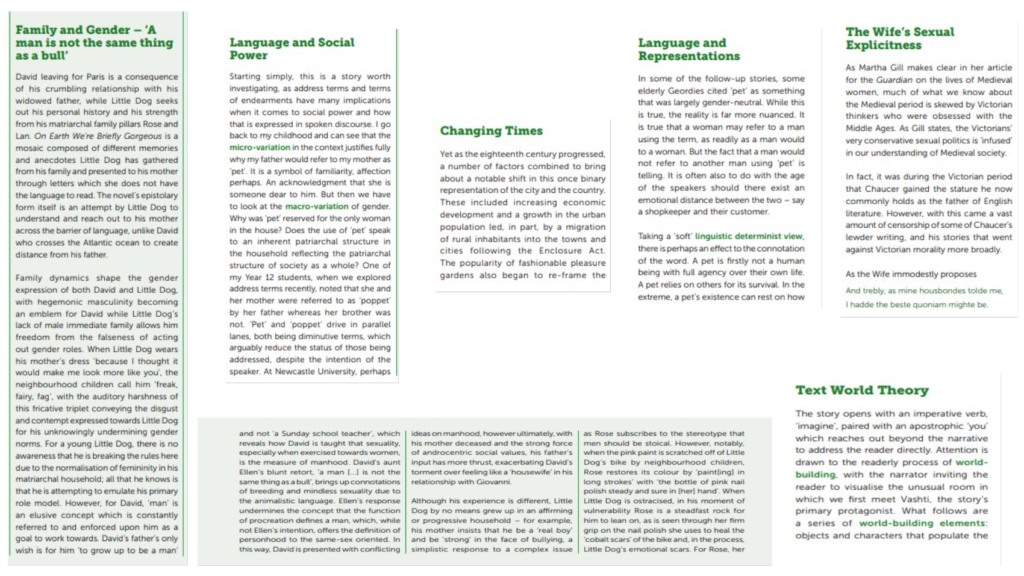Media Language
Index – An index is a sign that indicates something through a direct relationship, often through cause and effect or physical connection.
Anchorage – refers to the use of text (words) or other elements to guide the interpretation of an image or visual element. It helps “anchor” the meaning of the image, ensuring that the audience understands it in a specific way – introduced by Roland Barthes
Paradigm – refers to a set of related signs, choices, or elements that are interchangeable and can be used to create meaning within a specific context
Syntagm – refers to the arrangement or combination of elements in a specific sequence or order within a media text
Diegesis – These are parts of the story or world that the characters are aware of and can interact with
Equilibrium – refers to the state of balance or order in a narrative before any conflict or disruption occurs – Todorov’s Theory
Media Representation
Hegemony – hegemony refers to the dominance or control of a particular group, ideology, or perspective in society
Intersectionality – refers to the concept of how different aspects of a person’s identity such as race, gender, class, sexuality, ability, age, and other social categories interact to create unique experiences of privilege, oppression, or discrimination.
Cultural imperialism – the concept in which dominant cultures, Western countries, impose their values, beliefs, media, and cultural products on other, often less powerful cultures.
Marginalization – the process by which certain groups, individuals, or voices are pushed to the edges of media representations
Diaspora – The term is often used in media studies to analyze how the communities, maintain and adapt their cultural identity and practices while living outside their homeland.
Media Industries
Media concentration – refers to the process by which a small number of large companies or corporations come to own and control a significant portion of the media industry
Transnational culture – It is the blending of cultures, ideas, and practices across different countries and regions, facilitated by globalization and the media.
Regulation – refers to the rules, laws, and guidelines that govern how media organizations and content are produced, distributed, and consumed.
Convergence – the process by which different forms of media come together allowing content, platforms, and audiences to interact across multiple channels.
Commodification – This concept is commonly discussed in relation to media products and cultural content, highlighting how things such as culture, emotions, and identities are transformed into products that can be marketed and consumed.
Media Audience
Hypodermic needle theory – a model of media influence that suggests media messages are directly injected into the audience, leading to a passive and immediate effect on their attitudes and behavior.
Moral panic – refers to a situation where a particular issue, group or event is portrayed by the media as a significant threat to societal values and norms
Cumulation – This theory suggests that long-term exposure to media, through repetition or continued presence in the media, can shape individuals’ beliefs, attitudes, and behaviors over time.
Enculturation – it’s how people are socialized into their own culture by absorbing the cultural messages around them, including those delivered through the media.
Bardic function – the idea that media, particularly storytelling and narrative forms, can serve a cultural and social function by shaping and preserving societal values, beliefs, and identities.
Prosumer – refers to a person who both produces and consumes media content.

